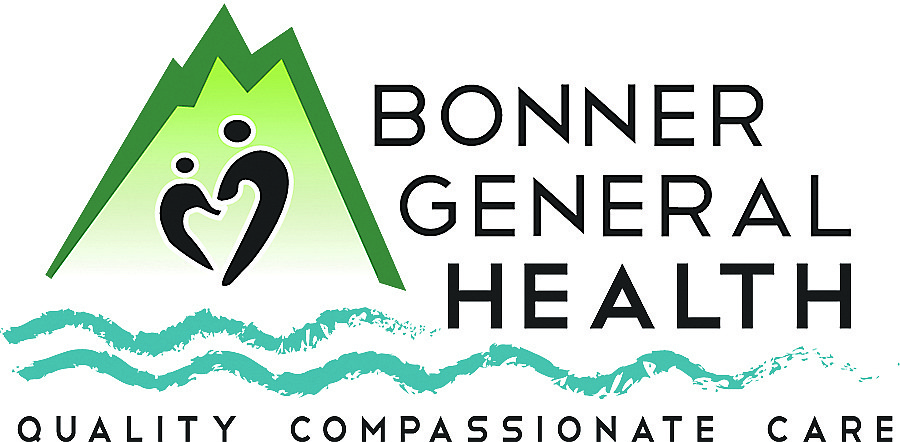Kawasaki disease: a pediatric medicine mystery
Kawasaki disease causes swelling in the walls of small to medium-sized blood vessels that carry blood throughout the body. The mystery is why does it happen and why does it tend to occur seasonally.
“Kawasaki disease (KD) is sometimes called mucocutaneous lymph node syndrome. That’s because it also causes swelling in glands, called lymph nodes, and mucous membranes inside the mouth, nose, eyes and throat. Children with Kawasaki disease might have high fever, swollen hands and feet with skin peeling, and red eyes and tongue. But Kawasaki disease is often treatable. With early treatment, most children get better and have no long-lasting problems.”
But the operative words in that last sentence are “most children.” I came across an article in the New York Times (Feb. 27, 2024) about a physician, Jane Burns, MD, who has made a career studying Kawasaki disease and learned that although the disease is rare, it’s the most common cause of acquired heart disease in children worldwide.
Uncovering the mysteries is what Dr. Burns has been pursuing for the last forty years or so. She serves as the director of the Kawasaki Disease Clinic at Rady Children’s Hospital-San Diego, the Kawasaki Disease Research Center at UC San Diego and is also a professor of pediatrics at UC San Diego School of Medicine.
Her bio adds that she works on this research with her husband, John B. Gordon, MD who is an interventional cardiologist who cares for adults with long-term sequelae of K.D. (I’ll save you scurrying to the dictionary: “sequelae” is a condition that is the consequence of a previous disease or injury.)
The Times article, written by Emily Baumgaertner, tells the story of a “20-year-old jiu-jitsu fighter who was last seen at the gym and was found dead in his bed two days later. There were no signs of foul play or self-harm.”
When Baumgaertner met with Dr. Burns she was looking into a microscope scrutinizing the heart of the young man, among other samples from equally mysterious deaths. Dr. Burns said the blood vessel tissue looked abnormal and was quoted as saying “I think this was likely one of mine.”
K.D. typically occurs in children under five. And there aren’t any diagnostic tests. The article said that “Dr. Burns and other scientists believe that children inherit some level of susceptibility to it from their parents and that the condition is then brought on by something they breathe in, whether a virus, a bacteria or a toxin. Climate scientists wonder if global warming could also be broadening the disease’s scope.”
With her “unlikely network of detectives” consisting of an oceanographer, a statistician, a cardiologist, a historian, a forensic pathologist, a microbiologist, an anthropologist and others with specific expertise, Dr. Burns thinks she has the tools to solve the mystery.
And not any too soon. “The rate of Kawasaki disease in Japan, where it is most rampant, is increasing at an alarming rate, and doctors in the United States are now seeing a jump in cases after years when the rate remained steady, most likely because some children were protected from exposure during pandemic-era social distancing measures,” Baumgaertner said.
“Every day in our country, somewhere, a child with K.D. is being misdiagnosed,” Dr. Burns is quoted as saying in the Times article. “Before now, we didn’t have the tools and the teams and the samples and the data to really attack this disease. Now we do, so let’s get moving.”
Mayo Clinic says, “Symptoms of Kawasaki disease include a fever greater than 102.2 degrees that lasts for five or more days. And the child has at least four of the following symptoms: a rash on the main part of the body, or in the genital area; an enlarged lymph node in the neck; very red eyes without a thick discharge; red, dry, cracked lips and a red, swollen tongue; swollen red skin on the palms of the hands and soles of the feet. Later the skin on fingers and toes peel.”
Anytime your child has a fever for three days, you should call their pediatric care provider. If you are seeking a primary care provider for you or a family member, Bonner General Family Practice is accepting new patients. Call for an appointment at 208-265-2221.
Kathy Hubbard is a member of Bonner General Health Foundation Advisory Council. She can be reached at kathyleehubbard@yahoo.com.

